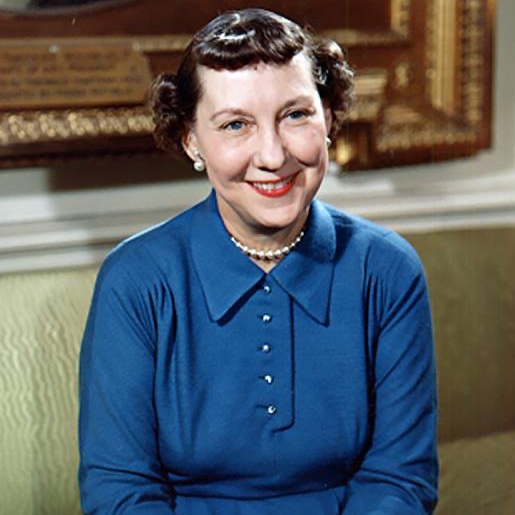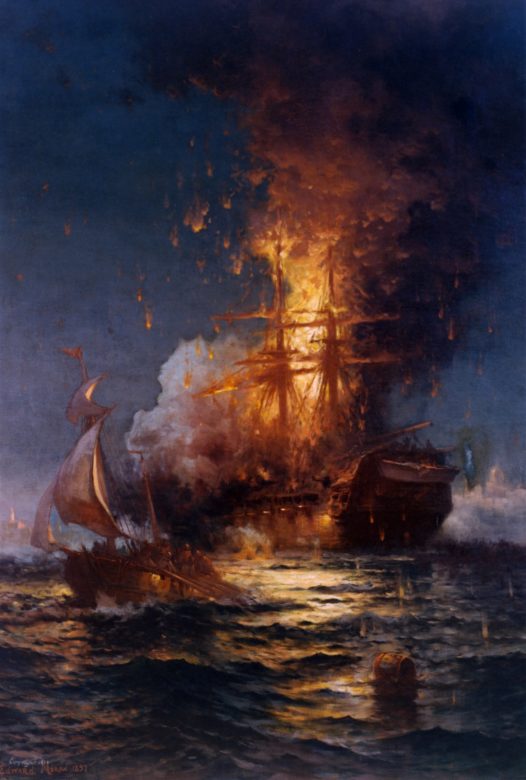The parade on Inauguration day is a tradition dating back to the earliest presidents, with arguably the first Inaugural Parade occurring in 1801 when a company of Virginia militia escorted President-elect Thomas Jefferson to the Capitol Building to take the Oath of Office. 1/10
The distinction for longest Inaugural Parade, however, belongs to President Dwight Eisenhower’s first Inauguration on Tuesday, January 20, 1953. 2/10
The day began in a rather traditional manner, with President-elect Eisenhower attending service at the National Presbyterian Church before meeting President Harry Truman at the White House. 3/10
Eisenhower and Truman then drove together to the Capitol Building where Eisenhower took the Oath of Office, after which he returned to the White House and climbed a viewing stand facing Pennsylvania Avenue to watch the parade. 4/10
It lasted over four-and-a-half hours and included 22,000 military service members, 5,000 civilians, sixty-five bands, fifty-nine floats, hundreds of horses, three elephants, an Alaskan dog-sled team, and a 280mm cannon. 5/10
The parade also featured floats representing moments in Eisenhower’s life, including a float for his birth, childhood, first job as a dairyman, marriage, time at West Point, and leadership during WWII. 6/10
Credit: National Archives and Records Administration
Credit: National Archives and Records Administration

At one point during the parade, rodeo trick-rider and actor Montie Montana galloped up to the president’s viewing stand on his horse and lassoed President Eisenhower as the crowd laughed in amusement. 7/10
Credit: National Park Service
Credit: National Park Service

The elaborate parade, which The New York Times described as possessing “jovial good humor and a carnival spirit,” was viewed by an estimated 1 million people, either in attendance or on television (Truman’s inauguration in 1949 was the first televised inauguration parade). 8/10
Eisenhower had reportedly wanted a “plain and simple” parade, but his fellow Republicans and political supporters wanted a grand show to celebrate the occasion. Eisenhower reluctantly agreed, but his second inaugural parade in 1957 was shorter and less elaborate. 9/10
To learn more about the presidency of Dwight D. Eisenhower, listen to our #1600Sessions podcast episode “The White House in the Age of Eisenhower”: whitehousehistory.org/1600-sessions/… 10/10
• • •
Missing some Tweet in this thread? You can try to
force a refresh





















